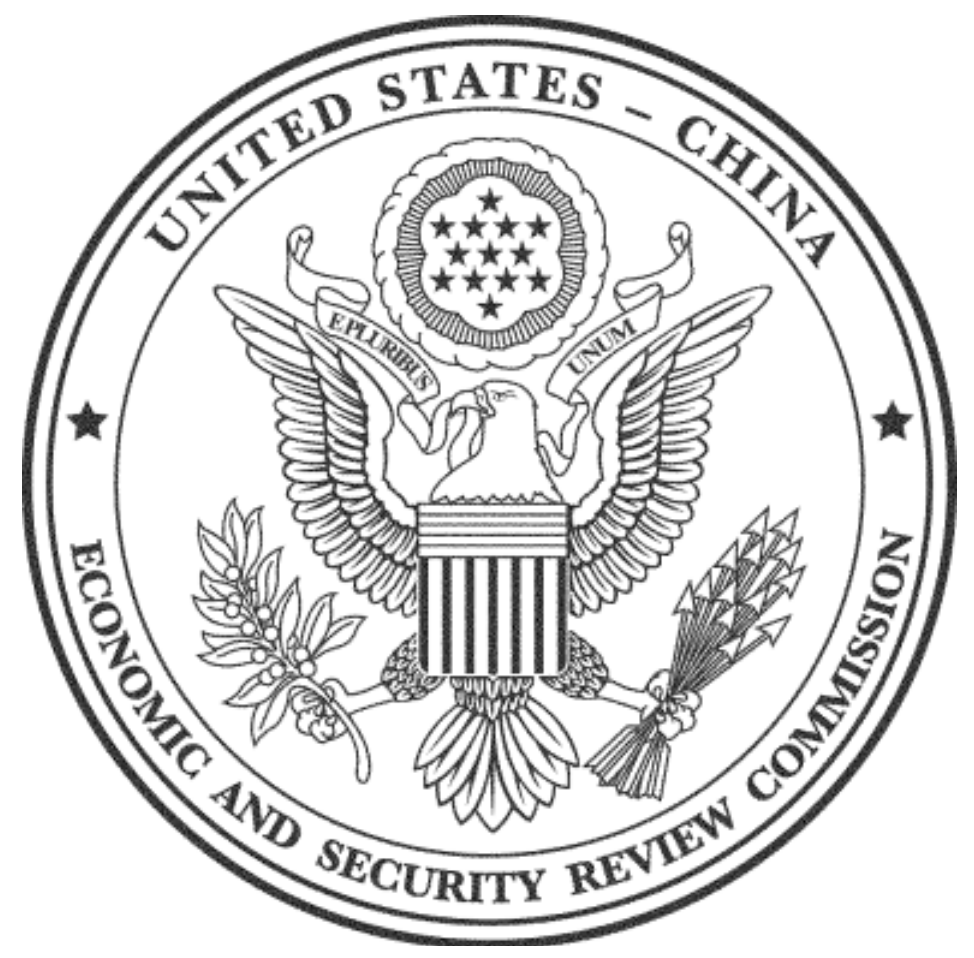Opinion
What bond markets tell about China’s economy
Macro data doesn’t provide a comprehensive picture to investors, but bond issuance data can fill in some gaps.
There is no doubt that China macro data has some drawbacks and needs to be complemented. One great source of information is China’s increasingly large and liquid bond markets, both onshore and offshore. Here are some takeaways on China’s economic activity, private credit and capital flows.
On economic activity, first, the massive increase in onshore bond issuance is a very good signal of how much credit is flowing into the economy as a consequence of the government push for stimulus. The irony, though, is that it is mainly the public sector, either state-owned enterprises (SOEs) or local governments or their financial vehicles (LGFVs) instead of private firms, which are issuing debt. This might be explained by a “reverse crowding out” that might be occurring in China’s banking sector, as a consequence of the People’s Bank of China’s push for banks to lend to the private sector, which pushes SOEs and LGFVs to the bond market as funding source.
From a sectoral view, one-fifth of the onshore bond issuance, once government bonds are excluded, goes to the real estate and/or infrastructure sector. In reality, most of the activity is in the shantytown renovation, following the government’s policies. This explains the much faster pick-up in property investment compared with infrastructure and certainly not market forces. That said, the Chinese government may realize the infrastructure push solely relying on the public sector may not be sufficient to buffer the economic slowdown. In that regard, bond issuance by the private sector may actually increase in the second part of the year.
As regards private credit, one more interesting point to be made looking at bond-issuance data is that high-yield private firms have hardly issued onshore. Instead, they continue with their active issuance in the offshore US-dollar bond market. In other words, riskier Chinese firms are piling up external debt, a good part of which is swapped back for onshore usage, even if the funding cost is clearly higher than onshore. This can only be explained by the scarcity of funding for the private sector (especially high-yield issues) in China.
Finally, some takeaways can be drawn on China’s capital flows based on offshore bond data. Namely, and despite the surge in the offshore bond issuance by private firms, overall issuance fell substantially in Q1 2019. This trend is inconsistent with a potential need for further capital inflows in the light of a structurally weaker current account surplus and trade tensions with the US. In other words, more offshore issuance, as long as proceeds are brought back to onshore, should be welcome.
This is why we expect a much better second part of the year, in terms of offshore issuance, which will be further supported by a dovish US Federal Reserve. This is especially the case if the PBOC keeps the current policy of yuan stabilization. The need for such self-driven inflows is especially important at a time when foreign investors seem to be much more reluctant to enter China after a boom period since mid-2017. In fact, the share of foreign investors in onshore bond market plateaued in Q1 2019 notwithstanding China’s entry into the Bloomberg-Barclays index.
All in all, with external risks and domestic pressure on consumption, the bond market is really acting as a key source of funding to stabilize the economy but much more for the public than the private sector. In addition, real-estate and infrastructure investment seems to be behind a good deal of the issuance onshore, in line with the government support to these sectors to generate growth. In other words, China is back to a quick fix for growth rather than increasing productivity. Finally, the lackluster offshore bond market during the first quarter of 2019 is bound to improve as the pressure to boost capital inflows rises.
Republishing and referencing
Bruegel considers itself a public good and takes no institutional standpoint.
Due to copyright agreements we ask that you kindly email request to republish opinions that have appeared in print to [email protected].






